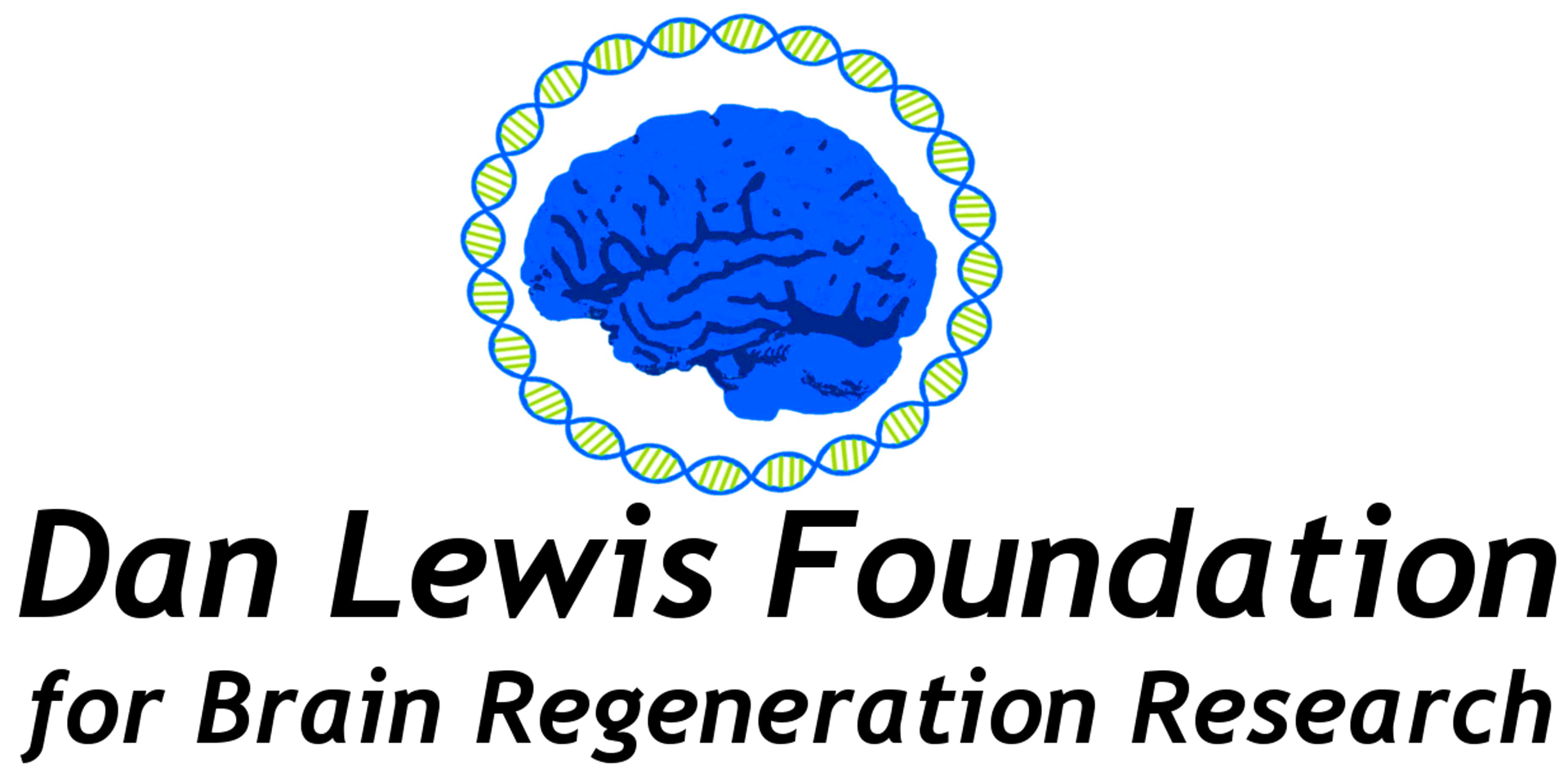Scientists worldwide are working to find ways to stimulate healing and functional recovery after severe brain injuries. This work is driven by the desperate needs of persons who have suffered brain damage. It is inspired by the knowledge that the information required to create new brain cells, cause these cells to interconnect, and stimulate new learning is contained in our genome. Now that we can readily generate stem cells from adult tissue, we have access to the genomic program that can control all of the intricate details of brain tissue formation.
A number of different research themes are being pursued productively. These include: (1) enabling injured neurons to self-repair (“axonal repair”)1,2; (2) replacing damaged tissue by increasing the growth of new neurons (“neurogenesis”)3-5; (3) transplanting new brain cells that are derived from a person’s own stem cells (“autologous cellular repletion”)6-8; (4) stimulating the re-wiring of new or surviving tissue by encouraging the formation of new connections (“synaptogenesis”)9,10; and (5) augmenting the function of a damaged brain by the use of bio-computational prostheses (“brain-computer interfaces”)11,12; We’ve explored these themes in previous newsletters.
The goal of stimulating meaningful brain regeneration is now sufficiently plausible that a large-scale, well-funded campaign needs to be funded to bring meaningful new therapies to patients within the foreseeable future. Here, we suggest a high-level outline of the research themes for such a campaign. A ‘moon shot’ program towards brain regeneration would leverage cutting-edge technologies in stem cell research, gene therapy, synaptic plasticity, neuronal repair, and brain-computer interfaces (BCIs) to develop innovative treatments for brain injuries and neurodegenerative diseases. These treatments would target the restoration of lost brain functions and improvement in the quality of life for individuals affected by severe brain injuries. This research agenda aims to catalyze serious discussion about creating a federal program with funding, organizational resources, and expert governance to enable brain regeneration in our lifetimes.
Major Themes For a Brain Regeneration “Moon Shot” Program
1: Promote the formation of new neurons
1.1 Stimulate the brain to create new neurons
1.2 Create new neurons from patient-derived induced pluripotent stem cells to be transplanted back into the patient. Create new glial cells to support neurogenesis.
2: Stimulate new synaptic formation
2.1 Develop drugs that enhance synaptic plasticity and promote the formation of new synaptic connections
3: Stimulate self-repair of damaged neurons
3.1 Develop drugs that de-repress neurons and, thereby, enable axonal regrowth
4: Develop brain-computer interfaces (BCIs) for brain-injured patients
4.1: Develop and test BCIs that enable the brain to control behaviors or external devices and, thereby, augment or replace impaired functions.
4.2: Develop and test BCIs that can accelerate the training of remapped brain tissue in persons with brain injuries to optimize functional recovery.
4.3: Combine BCIs with other strategies (e.g., cell repletion, synaptogenesis, and enhanced plasticity) to accelerate adaptation and functional improvement.
The proposed research themes can underpin targeted research to stimulate meaningful brain regeneration, offering new hope for patients with brain injuries and neurodegenerative diseases. While the scientific challenges are profound, there has been sufficient progress to justify substantial investment in brain regeneration research. Any such large-scale program will require coordinated collaborations among academic and commercial partners, skillful governance and management, and a shared sense of profound commitment to the goal.
The recent pace of advances in cell biology, stem cell technology, bio-computational interfaces, and genomically targeting medicines suggests that large-scale investment will yield meaningful clinical advances toward brain regeneration after injury. With robust funding and skilled leadership, this comprehensive research agenda has a realistic potential to transform scientific breakthroughs into tangible medical therapies, offering hope to millions affected by brain damage.
- Schwab, M. E. & Strittmatter, S. M. Nogo limits neural plasticity and recovery from injury. Curr. Opin. Neurobiol. 27, 53–60 (2014).
- Lindborg, J. A. et al. Optic nerve regeneration screen identifies multiple genes restricting adult neural repair. Cell Rep. 34, 108777 (2021).
- Maimon, R. et al. Therapeutically viable generation of neurons with antisense oligonucleotide suppression of PTB. Nat. Neurosci. 24, 1089–1099 (2021).
- Kim, J.-T. et al. Human embryonic stem cell-derived cerebral organoids for treatment of mild traumatic brain injury in a mouse model. Biochem. Biophys. Res. Commun. 635, 169–178 (2022).
- Lust, K. et al. Single-cell analyses of axolotl telencephalon organization, neurogenesis, and regeneration. Science 377, eabp9262 (2022).
- Chrostek, M. R. et al. Efficacy of Cell-Based Therapies for Traumatic Brain Injuries. Brain Sci 9, (2019).
- Fischer, I., Dulin, J. N. & Lane, M. A. Transplanting neural progenitor cells to restore connectivity after spinal cord injury. Nat. Rev. Neurosci. 21, 366–383 (2020).
- Wang, Z. et al. Cerebral organoids transplantation improves neurological motor function in rat brain injury. CNS Neurosci. Ther. 26, 682–697 (2020).
- van Dyck, L. I. & Morrow, E. M. Genetic control of postnatal human brain growth. Curr. Opin. Neurol. 30, 114–124 (2017).
- Harris, K. M. Structural LTP: from synaptogenesis to regulated synapse enlargement and clustering. Curr. Opin. Neurobiol. 63, 189–197 (2020).
- Simon, C., Bolton, D. A. E., Kennedy, N. C., Soekadar, S. R. & Ruddy, K. L. Challenges and Opportunities for the Future of Brain-Computer Interface in Neurorehabilitation. Front. Neurosci. 15, 699428 (2021).
- Samejima, S.
et al. Brain-Computer-Spinal Interface Restores Upper Limb Function After Spinal Cord Injury.
IEEE Trans. Neural Syst. Rehabil. Eng.
29, 1233–1242 (2021).


